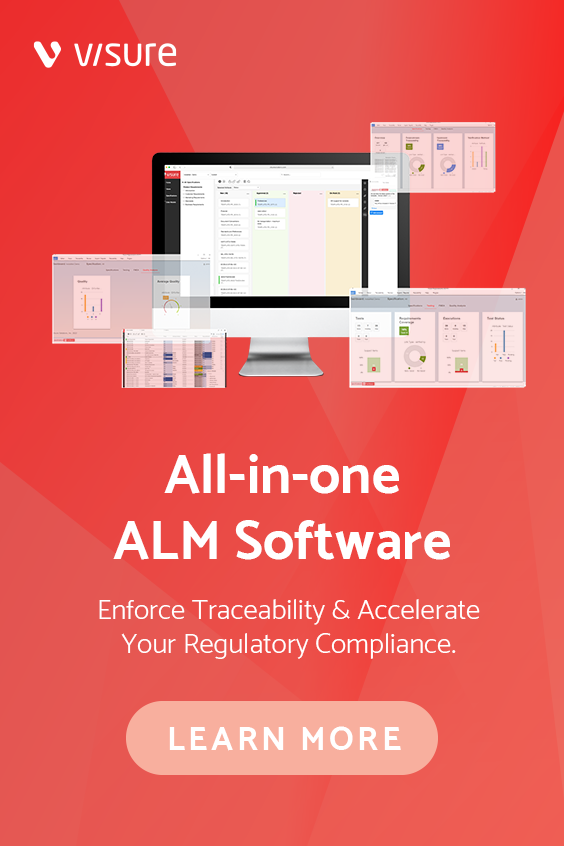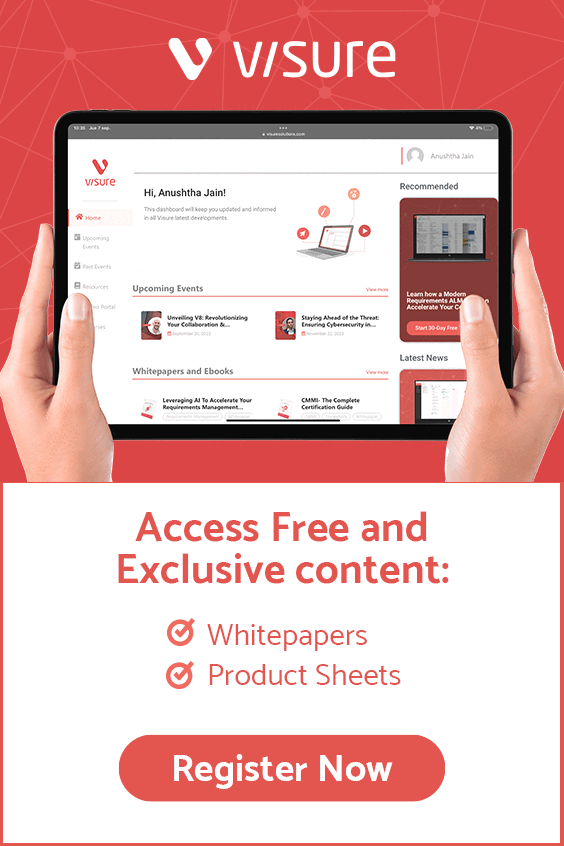Streamlining Requirements Management Processes
From Sending to Receiving, Imports, Roundtrips, Exports, and Generative AI
In today’s fast-paced and complex project environments, managing requirements effectively is crucial to ensure project success and stakeholder satisfaction. The webinar “Streamlining Requirements Management Processes” will provide valuable insights into optimizing every stage of requirements management, from initial sending to final delivery. This article delves into the key themes of the webinar, highlighting best practices and innovative solutions to enhance the efficiency and accuracy of managing requirements.
Efficient Requirements Capture and Tracking
Best Practices for Capturing Requirements
Capturing requirements accurately at the outset of a project sets the foundation for success. Best practices include engaging all relevant stakeholders early, using clear and concise language, and employing visual aids like diagrams and prototypes. Utilizing requirements management tools can also help in organizing and tracking these requirements systematically.
Effective Tracking Throughout the Project Lifecycle
Tracking requirements throughout the project lifecycle ensures they are met and any changes are managed properly. This involves maintaining a requirements traceability matrix (RTM) to link requirements to their corresponding deliverables. Regular reviews and updates are essential to ensure that requirements remain aligned with project goals and stakeholder expectations.
Streamlining Imports and Exports
Importance of Seamless Data Integration
Seamless imports and exports of requirements data are critical for reducing manual entry errors and ensuring data consistency. Integrating requirements management tools with other project management and development tools can streamline data flow, reduce redundancies, and enhance overall efficiency.
Improving Communication Among Teams
Effective communication among teams is vital for successful requirements management. By using integrated tools, teams can share updates in real-time, reducing misunderstandings and ensuring that everyone is on the same page. This leads to more coordinated efforts and faster decision-making processes.
Enhancing Roundtrip Requirements Management
Continuous and Iterative Updates
Roundtrip requirements management allows for continuous and iterative updates of requirements, ensuring they remain current and reflective of ongoing changes and feedback. This approach helps in accommodating evolving stakeholder needs and addressing issues promptly.
Techniques for Effective Roundtrip Management
Techniques such as regular requirement reviews, feedback loops, and agile methodologies can facilitate effective roundtrip management. By incorporating these techniques, teams can ensure that requirements are always up-to-date and aligned with the project’s direction.
Leveraging Generative AI in Requirements Management
Revolutionizing the Process with AI
Generative AI has the potential to revolutionize the requirements management process by automating routine tasks and providing intelligent suggestions. AI can assist in drafting initial requirements, identifying potential issues, and offering solutions based on predictive analytics.
Enhancing Decision-Making with Predictive Analytics
Predictive analytics powered by AI can provide insights into potential project risks and outcomes, helping teams make informed decisions. By analyzing historical data and patterns, AI can predict future trends and suggest proactive measures to mitigate risks.
Interactive Workflows and Collaborative Tools
Fostering Effective Communication
Interactive workflows and collaborative tools are essential for fostering effective communication and collaboration among cross-functional teams. These tools can streamline processes, reduce misunderstandings, and ensure that all team members are aligned with project goals.
Accelerating Decision-Making
By providing a centralized platform for communication and collaboration, these tools can accelerate decision-making processes. Teams can quickly address issues, implement changes, and move forward with confidence, knowing that they have the most current and accurate information.
Conclusion
Streamlining requirements management processes is key to achieving project success and meeting stakeholder expectations. By adopting best practices for capturing and tracking requirements, integrating tools for seamless data flow, embracing roundtrip management techniques, leveraging generative AI, and utilizing interactive workflows, teams can enhance their efficiency and productivity. Join us in the webinar to explore these strategies in depth and discover how to optimize your requirements management processes for better outcomes.
Check Out The Upcoming Webinar
Check out our dynamic webinar on “Streamlining Requirements Management Processes”. From initial sending to final delivery, we’ll delve into optimizing every stage, including imports, roundtrips, exports, and the transformative power of Generative AI. Discover cutting-edge strategies for capturing, tracking, and managing requirements throughout the project lifecycle with efficiency and precision.
In this webinar, we will cover:
- Efficient Requirements Capture and Tracking: Explore best practices for capturing and tracking requirements throughout the project lifecycle, ensuring accurate documentation and effective management from receipt to delivery.
- Streamlining Imports and Exports: Discuss seamless imports and exports of requirements data, and how integrated tools reduce errors, improve consistency, and enhance team communication.
- Enhancing Roundtrip Requirements Management: Learn about techniques enabling continuous updates, ensuring current requirements reflect changes, feedback, and stakeholder inputs.
- Leveraging Generative AI in Requirements Management: Unveil how AI automates tasks, offers suggestions, and improves decision-making with predictive analytics.
- Interactive Workflows and Collaborative Tools: Explore tools fostering effective communication and collaboration among teams, ensuring alignment and accelerating decision-making in requirements management.


